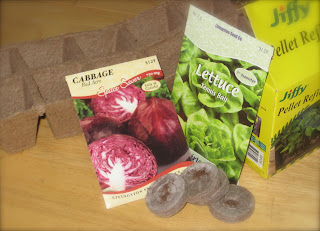I
am a decided fruit lover, so that means when it is hiking and camping
season, I'm all about dried fruit or fruit leather (rollups).
But
anyone that has eaten store-bought dried pineapple knows that it is
the equivalent to chewing a round, yellow-colored sugar cube. As a dietitian, I think that fruit snacks are pretty much in the same category. My
solution is simple: stock up on cans of sliced pineapple during
case-lot sales then dry it in a food dehydrator.
If you don't have a dehydrator, simply place a
rack on top of a baking sheet, lay your pineapple slices on top, and
dry in your oven set to the lowest temperature setting for a few
hours or until pliable, but no longer moist.
As
for homemade fruit rollups (or fruit leather at my house), it is just
as simple: toss almost any combination of fresh or canned fruit in
the blender and dry.
My favorite combinations are canned peaches and
a little OJ concentrate, or applesauce with a little cranberry juice
concentrate. Blended up canned pineapple with fresh strawberries is
also good. Again, if you don't have a dehydrator, no worries –
just lightly grease a baking sheet, pour enough of your pureed fruit
mixture on the pan to spread out in a rather thin layer. Place this
either in your warm oven for a few hours, or a warm place for a few
days. My Mom would always put the baking sheet on top of the fridge.
Once dried, peel off the baking sheet, roll up and cut into serving
pieces.
I even keep a couple of these in my purse for those extra long shopping trips to keep the hunger at bay just long enough to keep us out of the tempting drive-thrus!



























